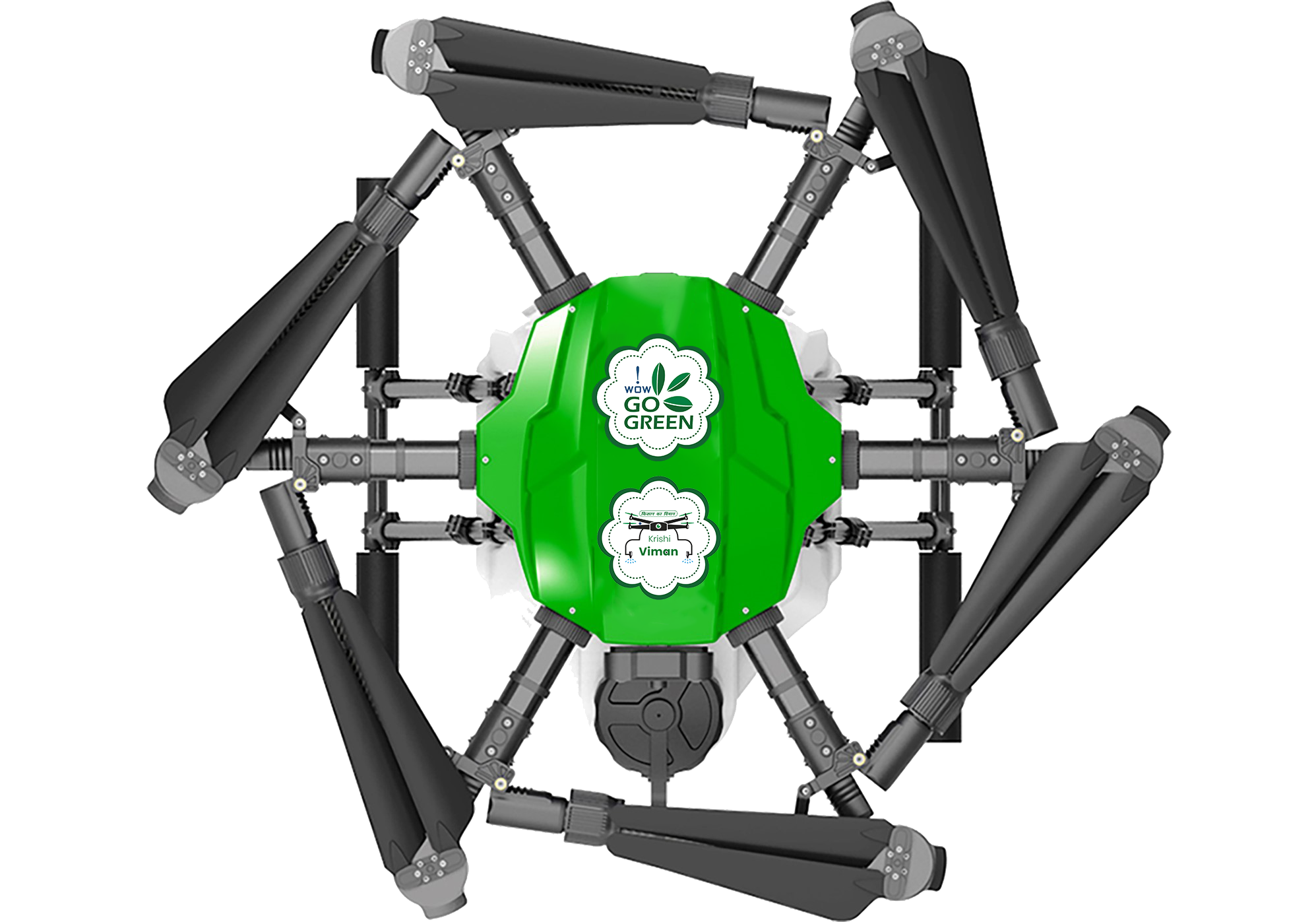Boosting Crop Yields: A Comprehensive Guide to Using Drones in Precision Agriculture
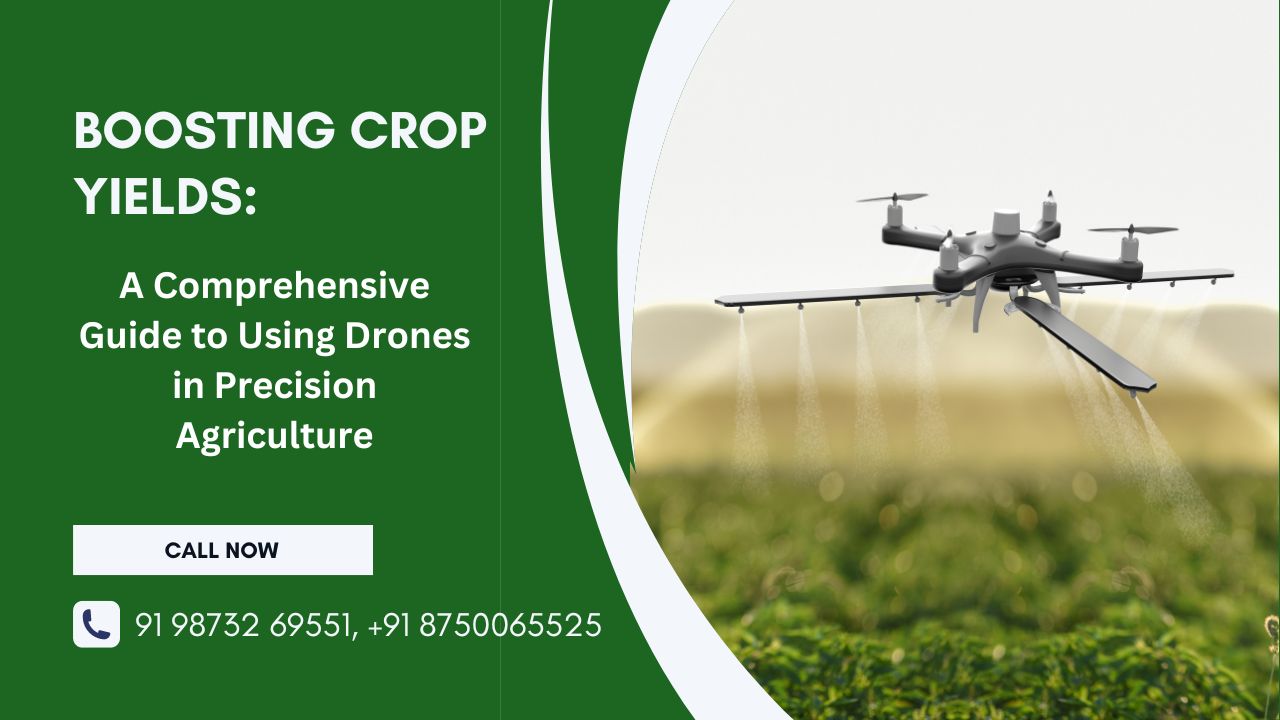
- By: krishiviman /
- 28-03-2024
In today's rapidly evolving agricultural landscape, farmers face the dual challenge of increasing crop yields to meet growing food demand while minimizing environmental impact. Precision agriculture, enabled by cutting-edge technologies, offers a solution by allowing farmers to optimize their management practices for maximum efficiency and productivity. Among these technologies, drones have emerged as a game-changer, providing farmers with invaluable data and insights to enhance crop yields. In this comprehensive guide, we will delve into the various applications of drones in precision agriculture and how they can be leveraged to boost crop yields effectively.
Aerial Imaging and Mapping:
Drones equipped with high-resolution cameras and sensors have the capability to capture detailed aerial imagery of crop fields. This imagery can be used to create accurate maps of the fields, including information on crop health, soil moisture levels, and pest infestations. By analyzing these maps, farmers can gain valuable insights into the spatial variability of their fields, allowing them to implement targeted management strategies to optimize crop yields.
Crop Health Monitoring:
Monitoring the health of crops is crucial for identifying potential issues early and implementing timely interventions. Drones equipped with multispectral and thermal imaging sensors can detect subtle variations in crop health indicators such as chlorophyll levels, water stress, and disease symptoms. By regularly surveying their fields with drones, farmers can identify areas of concern and take proactive measures to address them, ultimately leading to healthier crops and higher yields.
Precision Irrigation Management:
Optimizing irrigation practices is essential for maximizing crop yields while conserving water resources. Drones equipped with thermal cameras and soil moisture sensors can provide real-time data on soil moisture levels and crop water stress. This information enables farmers to implement precision irrigation strategies, ensuring that crops receive the right amount of water at the right time. By avoiding overwatering and under watering, farmers can improve water use efficiency and enhance crop yields.
Weed Detection and Management:
Weed competition can significantly reduce crop yields if left uncontrolled. Drones equipped with cameras and machine learning algorithms can be used to identify and map weed infestations in crop fields. With this information, farmers can implement targeted weed management strategies, such as spot spraying or mechanical weeding, to minimize weed pressure and preserve crop yields. By reducing the reliance on herbicides and optimizing weed control practices, drones contribute to sustainable crop production.
Precision Fertilization:
Applying fertilizers precisely according to crop requirements is essential for optimizing nutrient uptake and maximizing yields. Drones equipped with sensors can collect data on soil nutrient levels and crop nutrient status, allowing farmers to create precise fertilizer application maps. By tailoring fertilizer applications to the specific needs of different areas within a field, farmers can avoid over-fertilization and nutrient wastage while ensuring that crops receive the nutrients they need for optimal growth and productivity.
Pest Monitoring and Control:
Pests pose a significant threat to crop yields, and early detection is crucial for effective pest management. Drones equipped with cameras and sensors can survey fields regularly to monitor pest populations and assess crop damage. By identifying pest hotspots and monitoring population dynamics, farmers can implement timely pest control measures, such as targeted pesticide applications or biological control methods, to minimize crop losses and protect yields.
Data Analysis and Decision Support:
One of the most significant advantages of using drones in precision agriculture is the wealth of data they generate. By collecting aerial imagery, sensor data, and other field observations, drones provide farmers with valuable information for decision-making. Advanced data analysis techniques, such as remote sensing, GIS (Geographic Information Systems), and machine learning, can be used to extract actionable insights from drone data. By leveraging these insights, farmers can make informed decisions to optimize crop management practices and maximize yields.
Ready to revolutionize your farming practices with agricultural drones? Contact us today at +91 98732 69551 or +91 8750065525, or email us at sales@krishiviman.com to learn how Krishiviman can help elevate your agricultural operations.
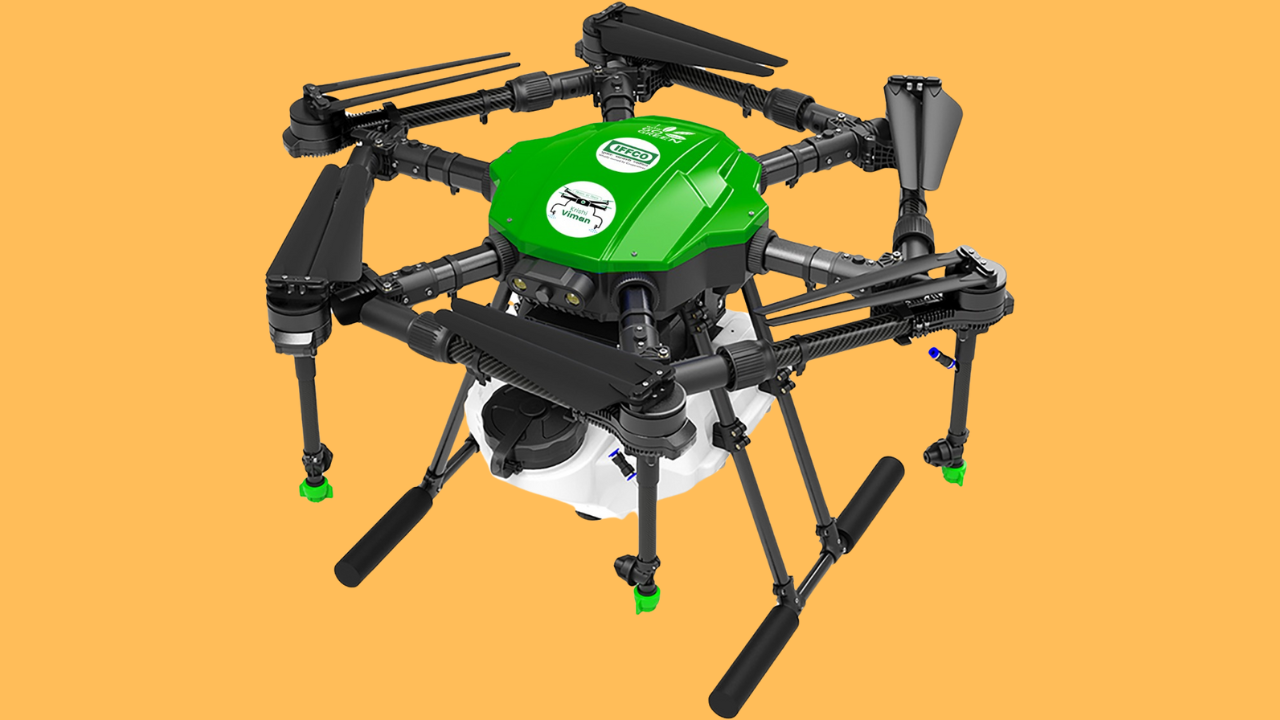
How to Use and Maintain the Agricultural Spraying Drone Battery
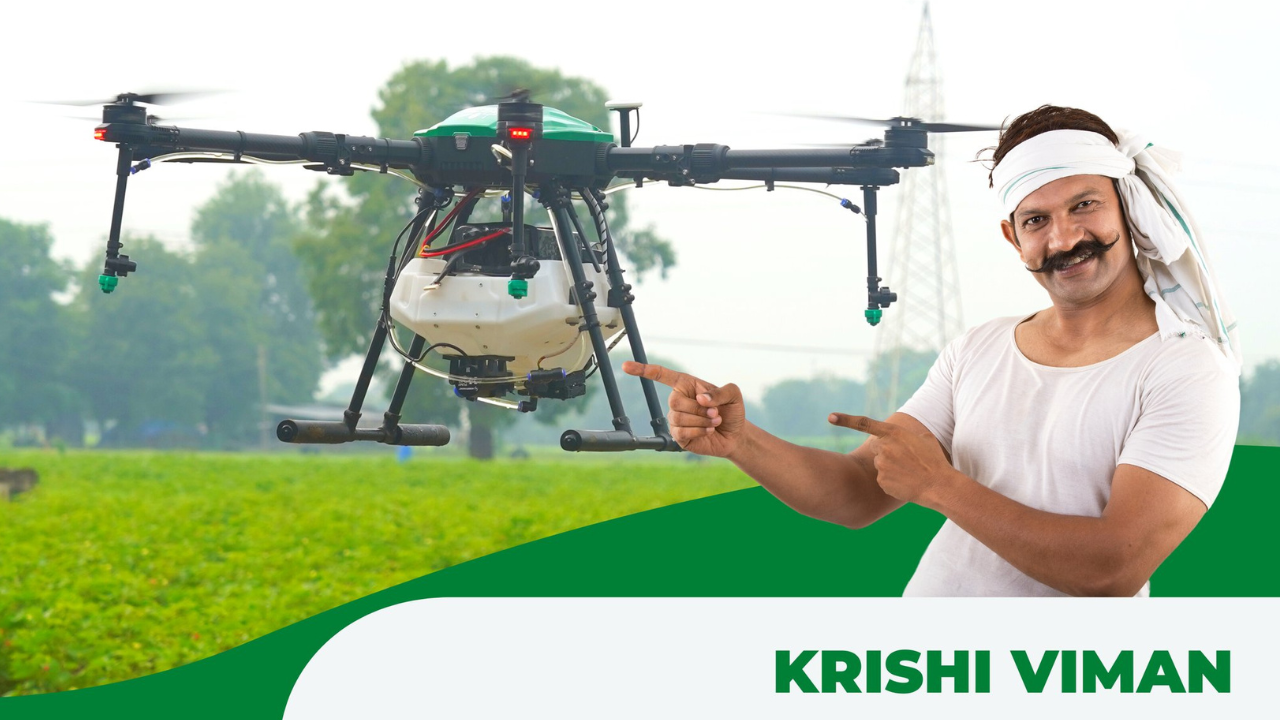
Cost-Benefit Analysis: Is Investing in Agricultural Drones Worth it for Indian Farmers?
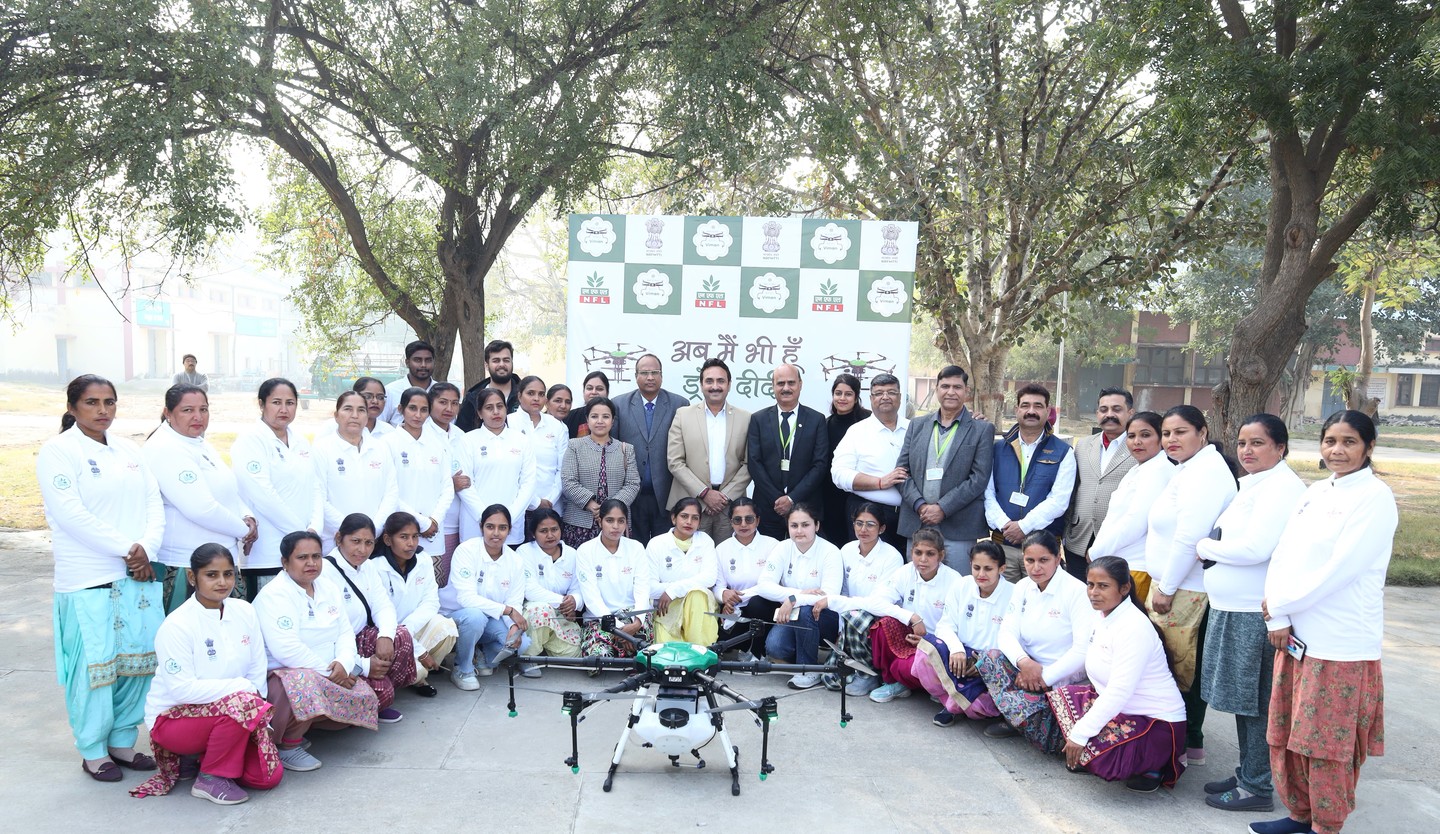
Krishi Viman: Pioneering Women's Empowerment in the Agricultural Drone Segment
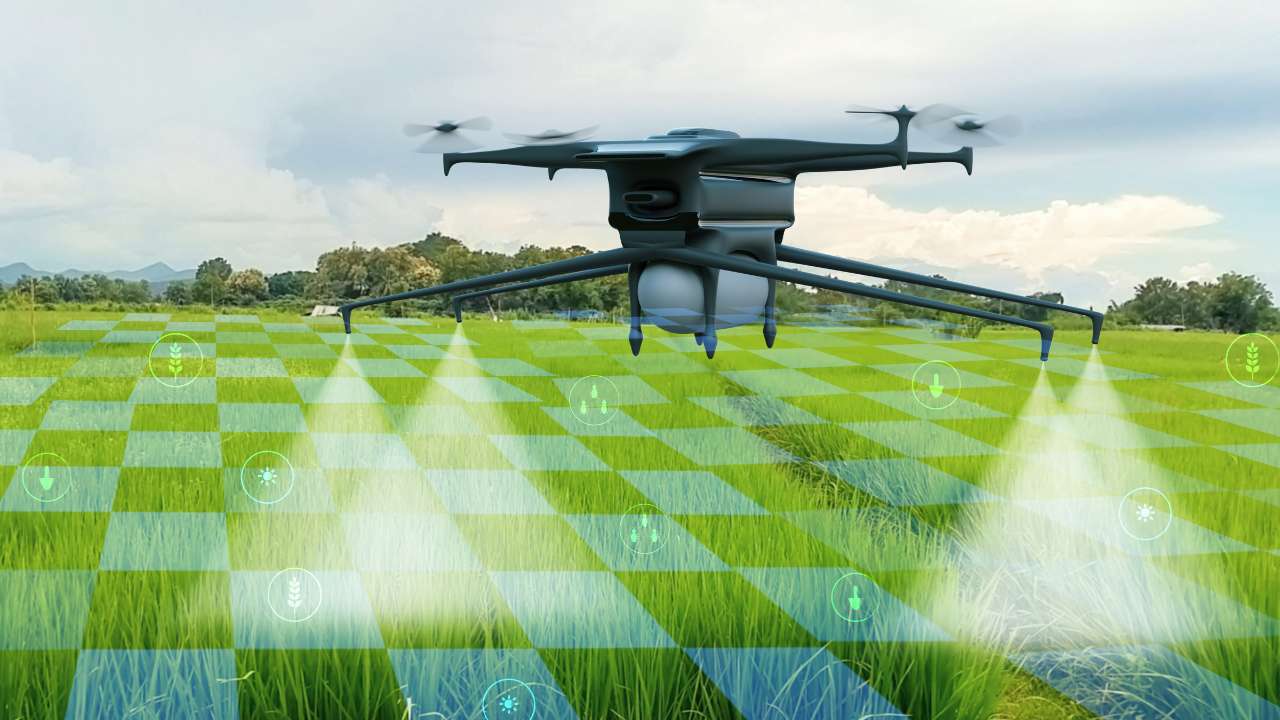
How Krishi Viman are Transforming Indian Agriculture
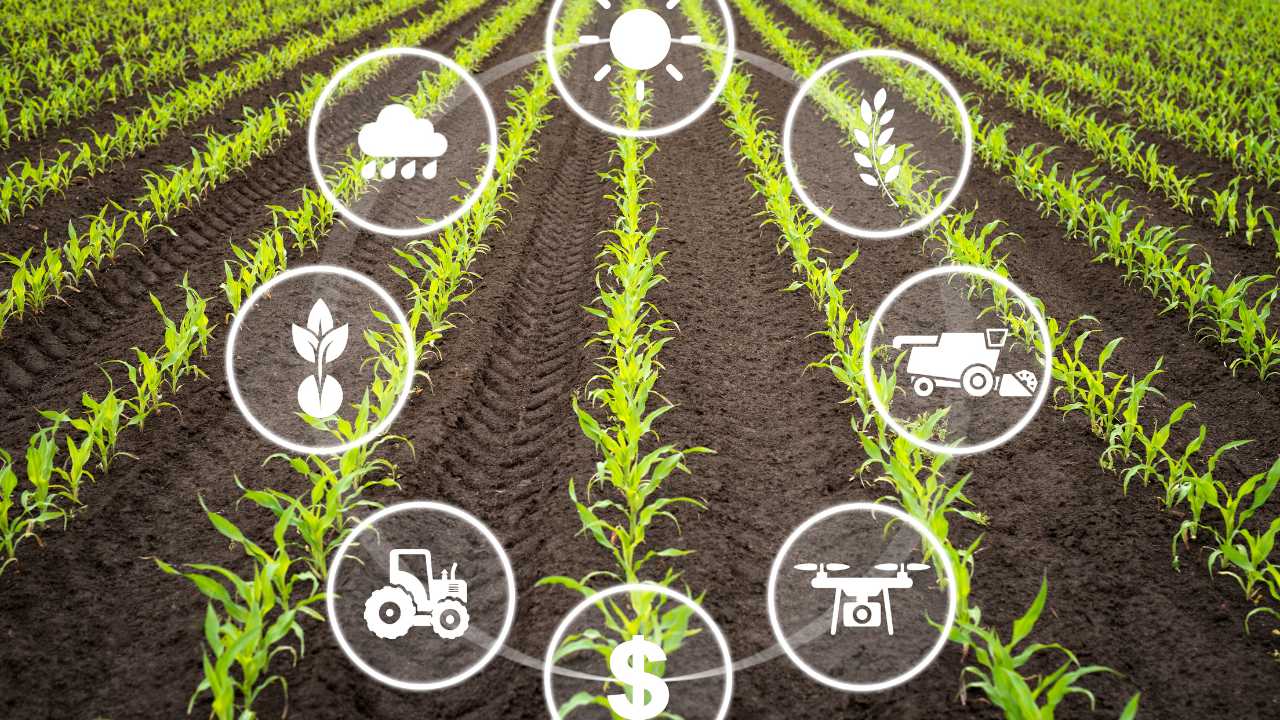
The Future of Flight: What's Next for Agricultural Drones in India?
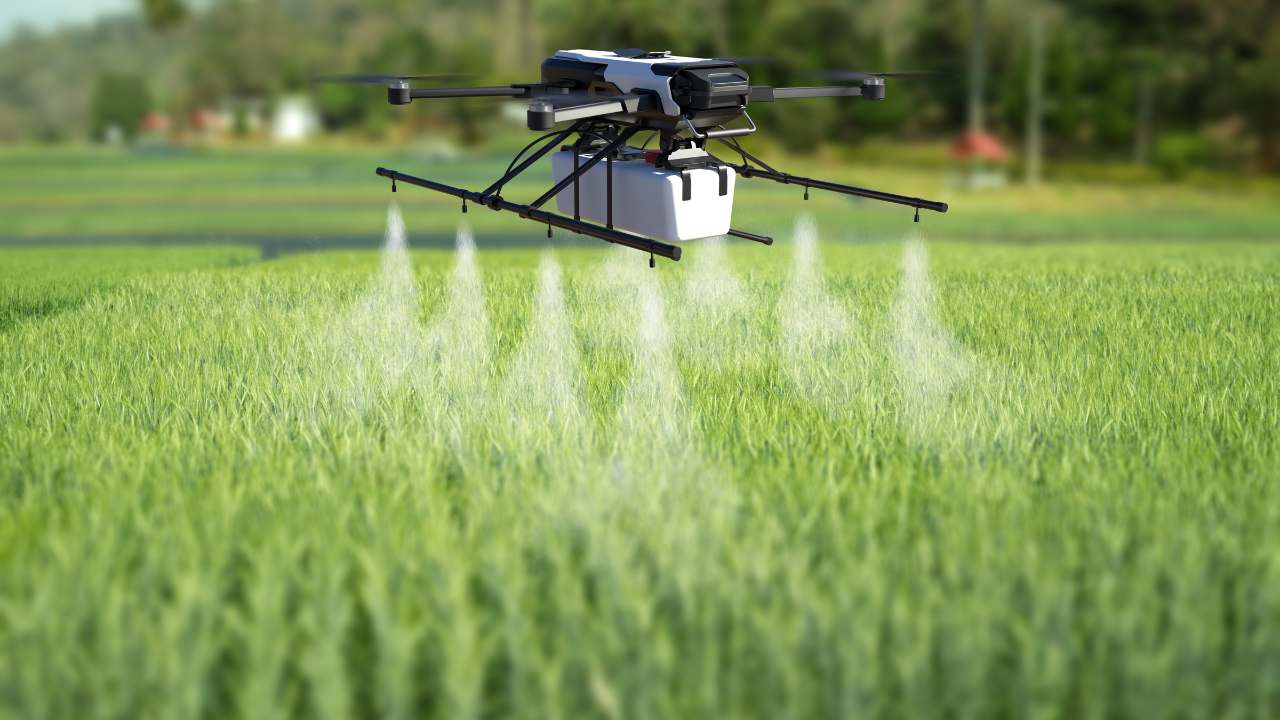
The Potential of Agricultural Drones to Improve Crop Yields and Farmer Livelihoods in India
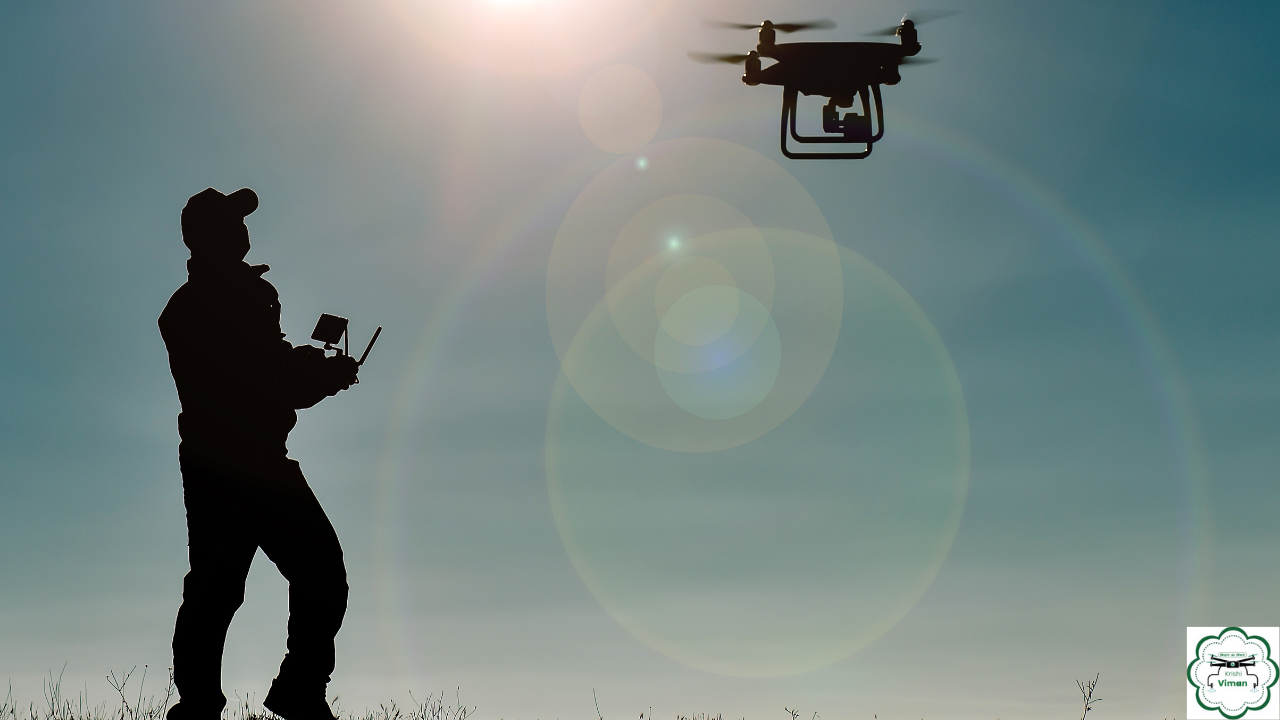
Revolutionizing Farming Practices: The Rise of Agricultural Krishi Viman for Spray Purpose
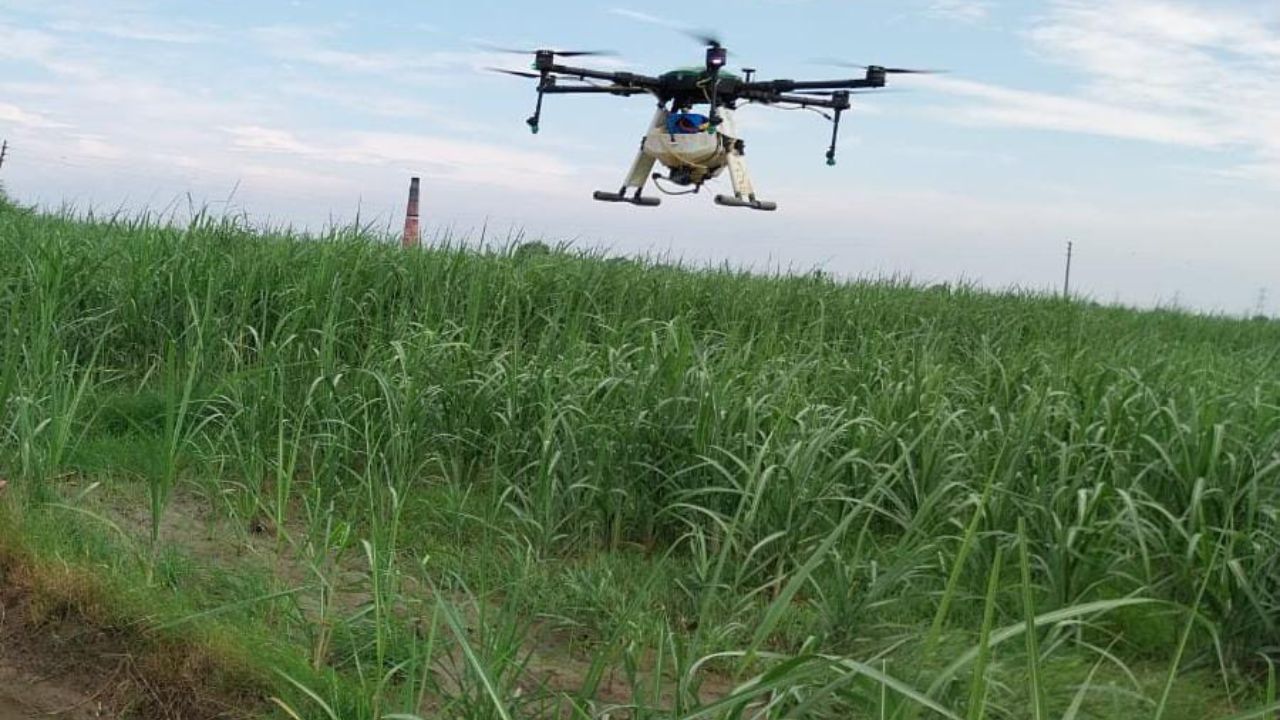
Enhancing Farming Efficiency: Mapping and Surveillance with Agricultural Spraying Drones
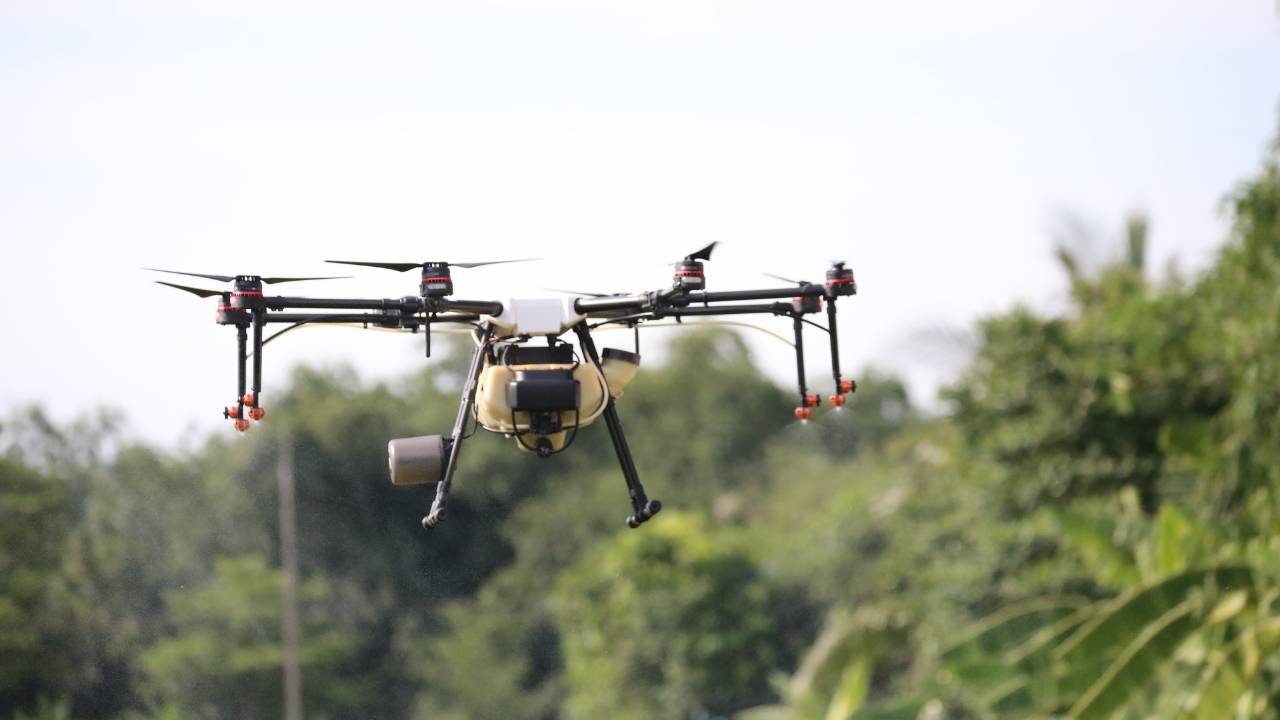
Addressing the Real Concerns of Drone Use in Indian Agriculture
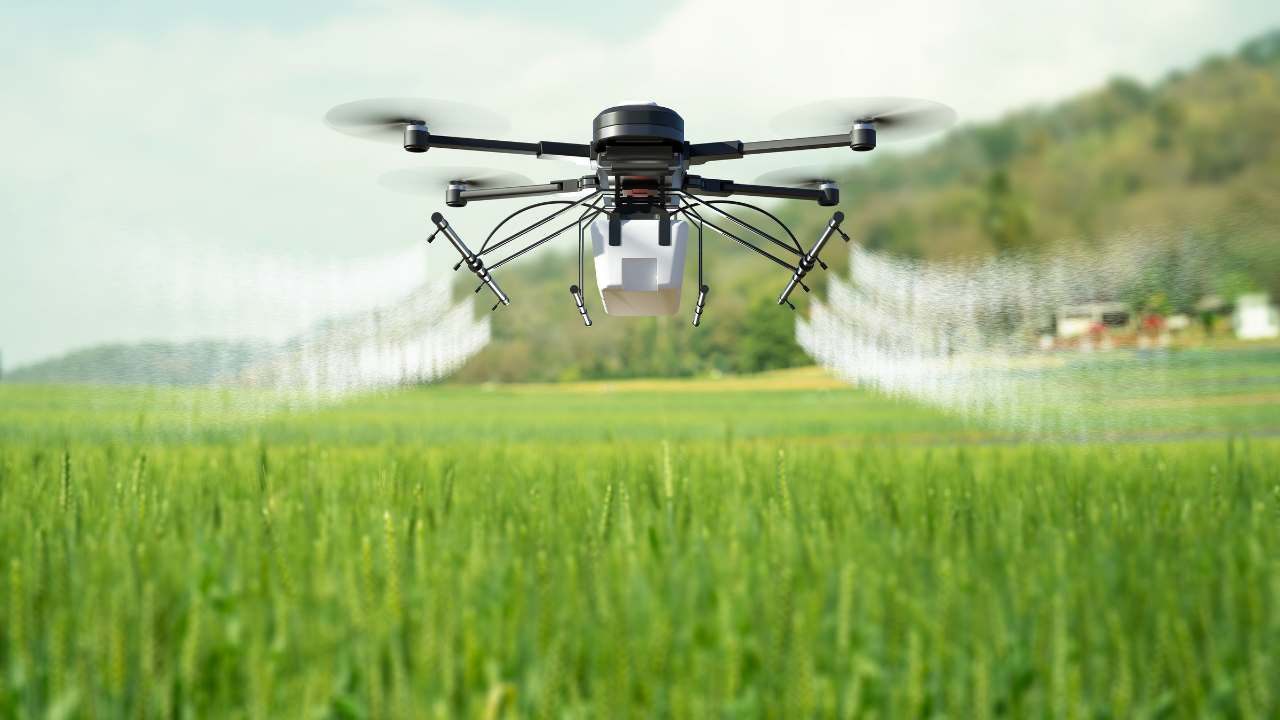
Revolutionizing Agriculture: The Journey of Indian Farmers Embracing Drone Technology
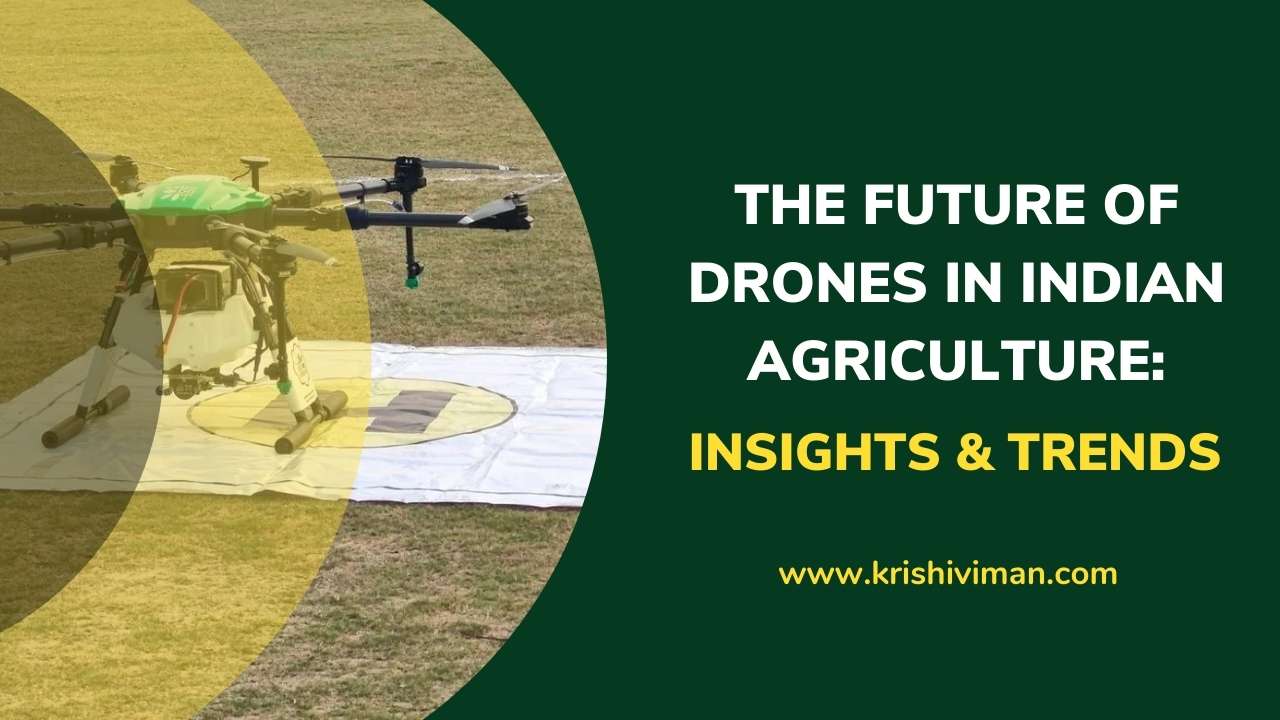
What is the future of drones in Indian agriculture?
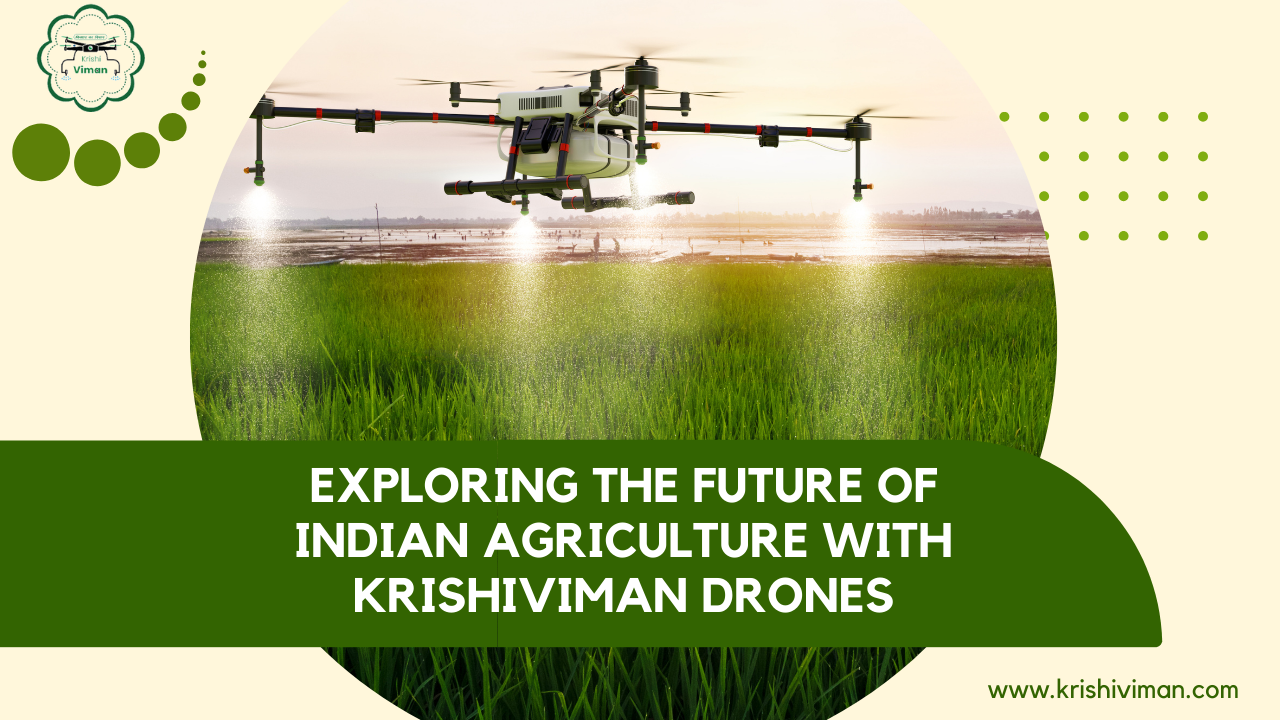
How Drones Could Be the Future of Indian Farming: A Deep Dive into Krishiviman's Innovations
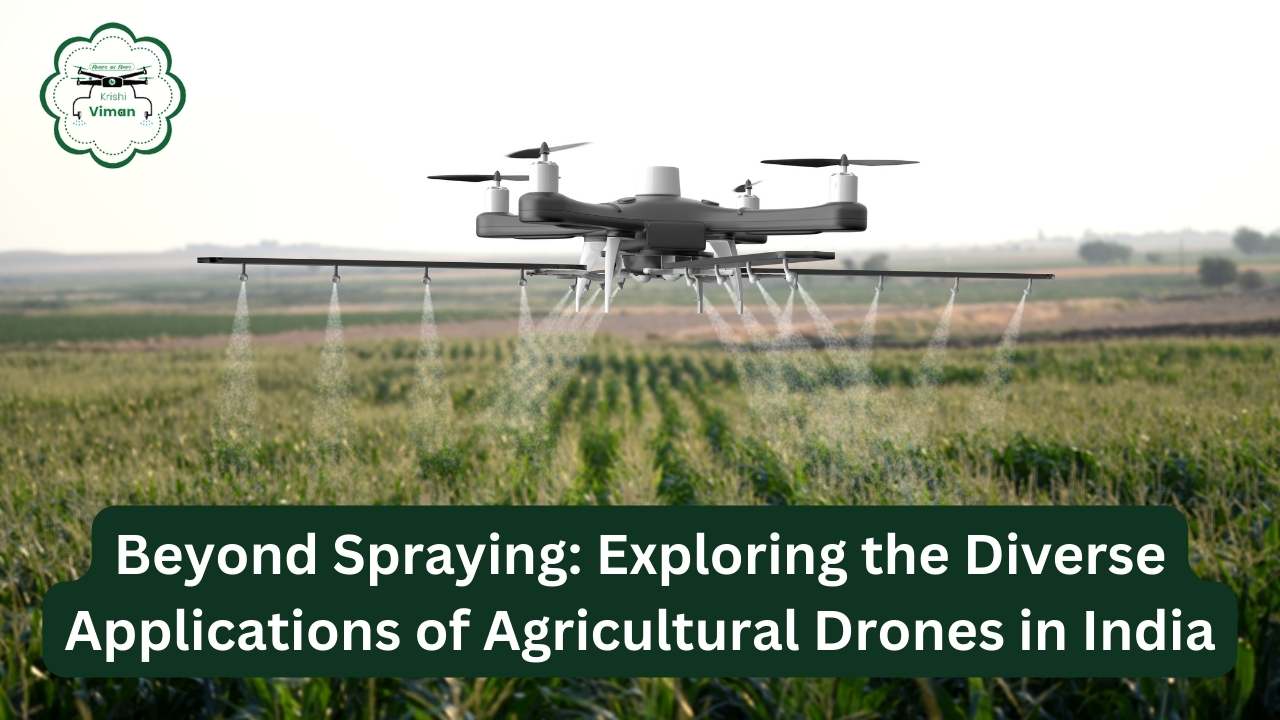
Beyond Spraying: Exploring the Diverse Applications of Agricultural Drones in India
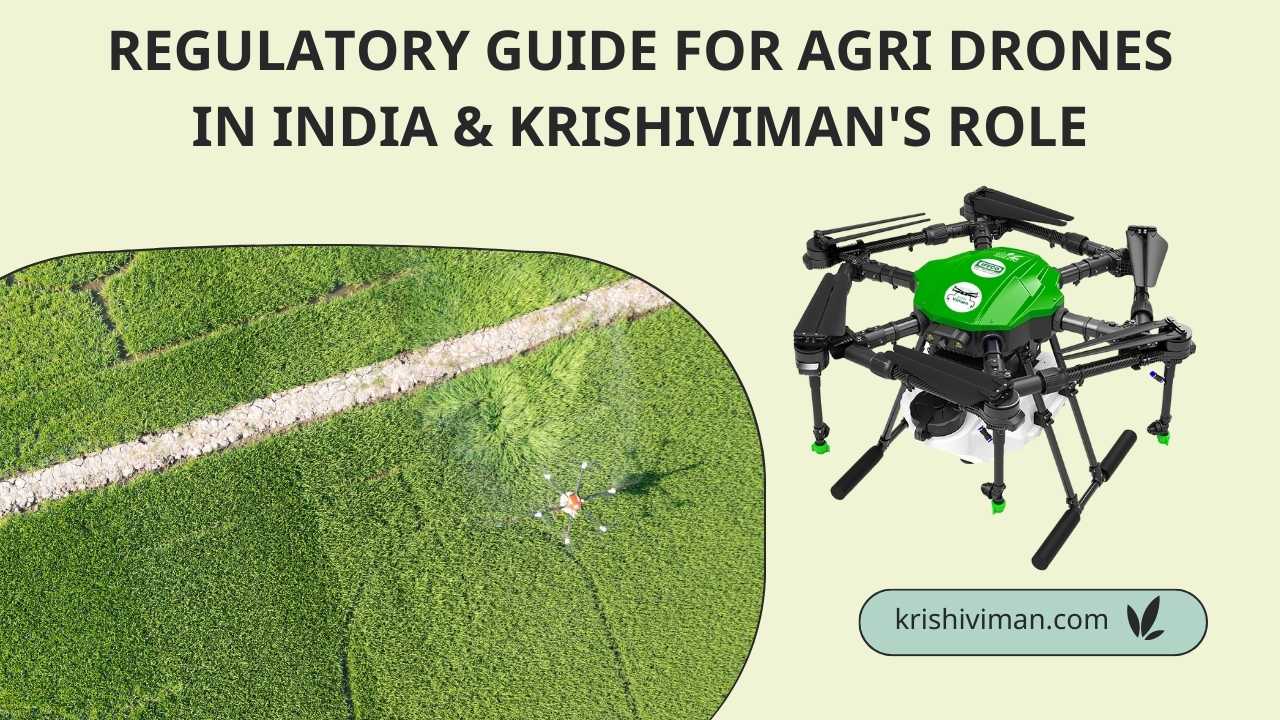
Regulatory Guide for Agri Drones in India & Krishiviman's Role
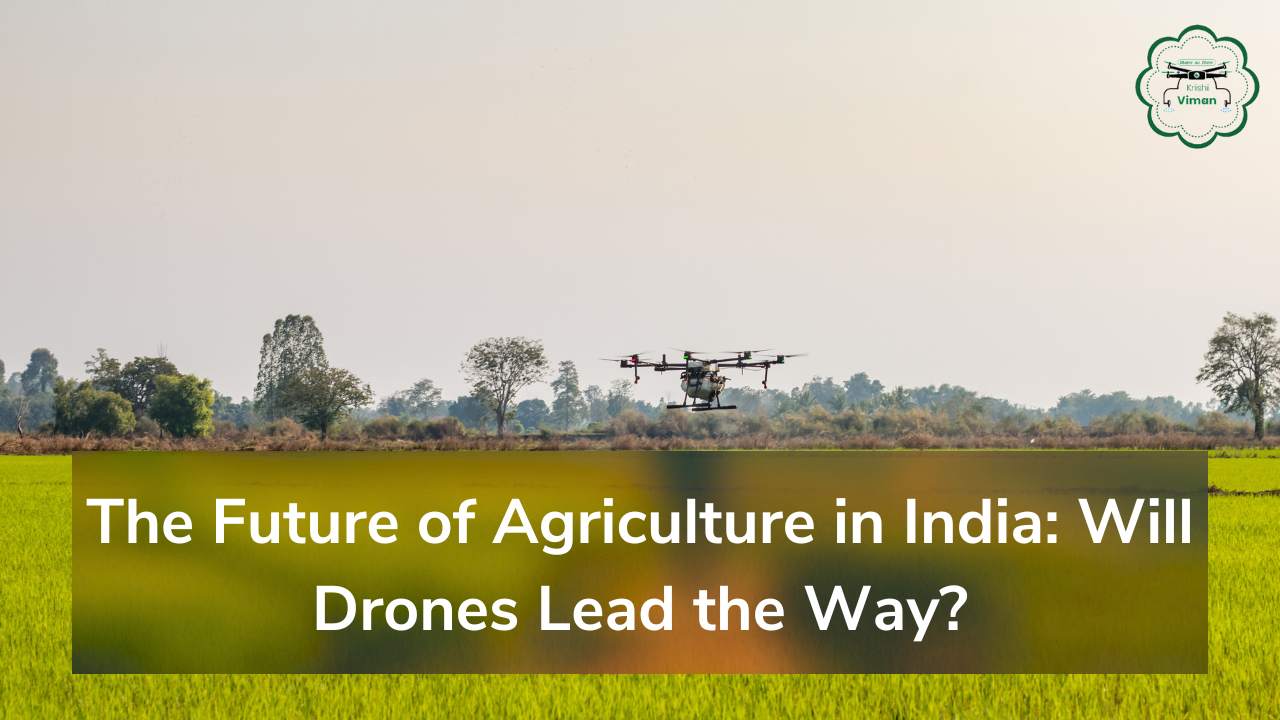
The Future of Agriculture in India: Will Drones Lead the Way?
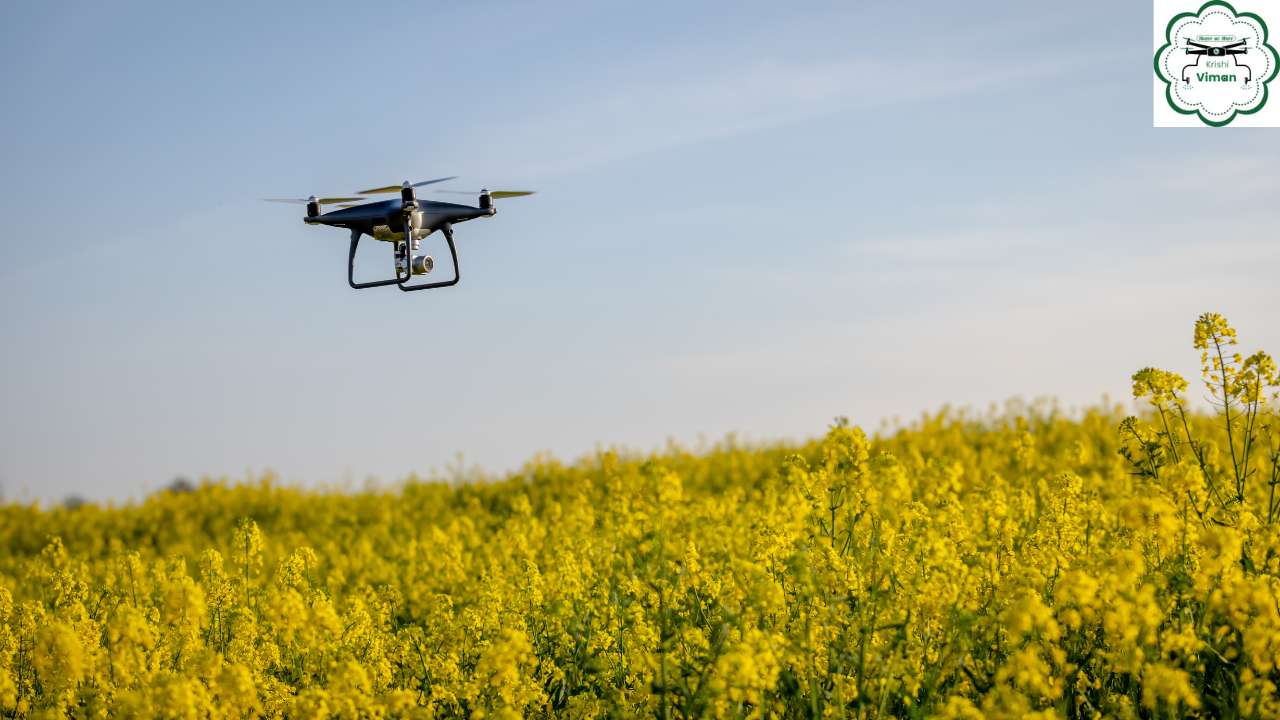
Pioneering Agri Drone Innovation in India Introduction to WOW Go Green LLP
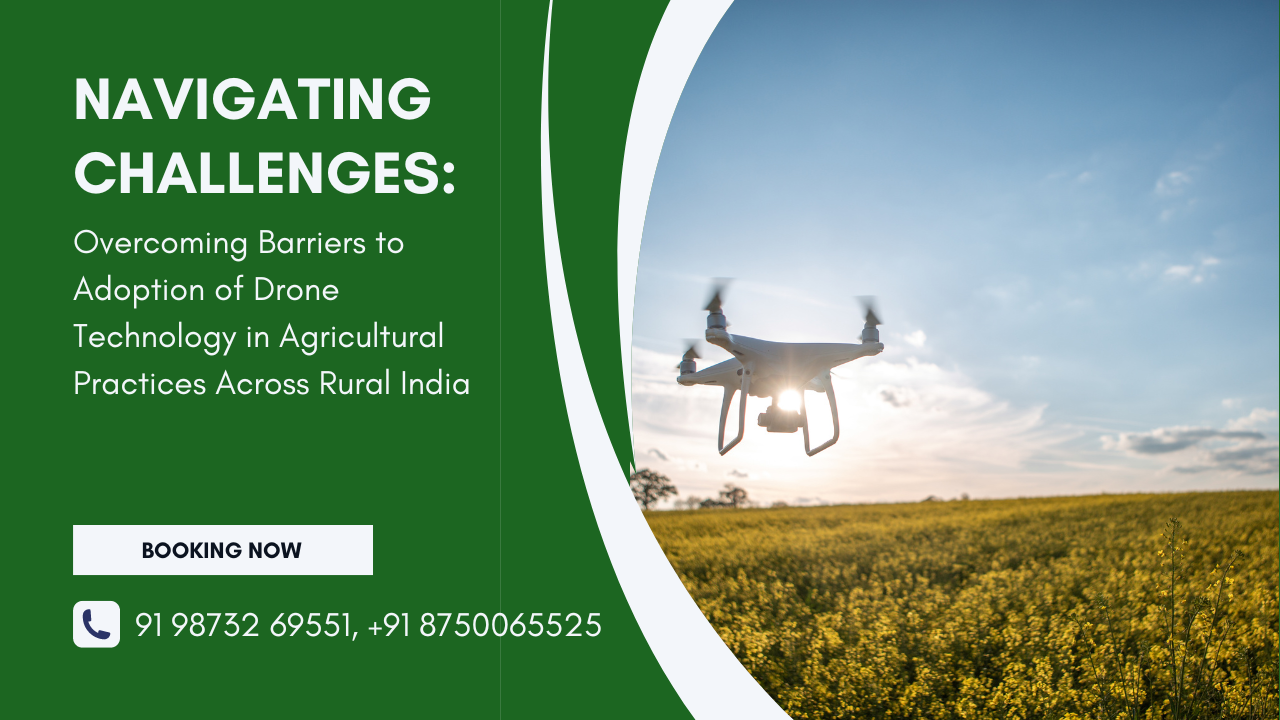
Navigating Challenges: Overcoming Barriers to Adoption of Drone Technology in Agricultural Practices Across Rural India
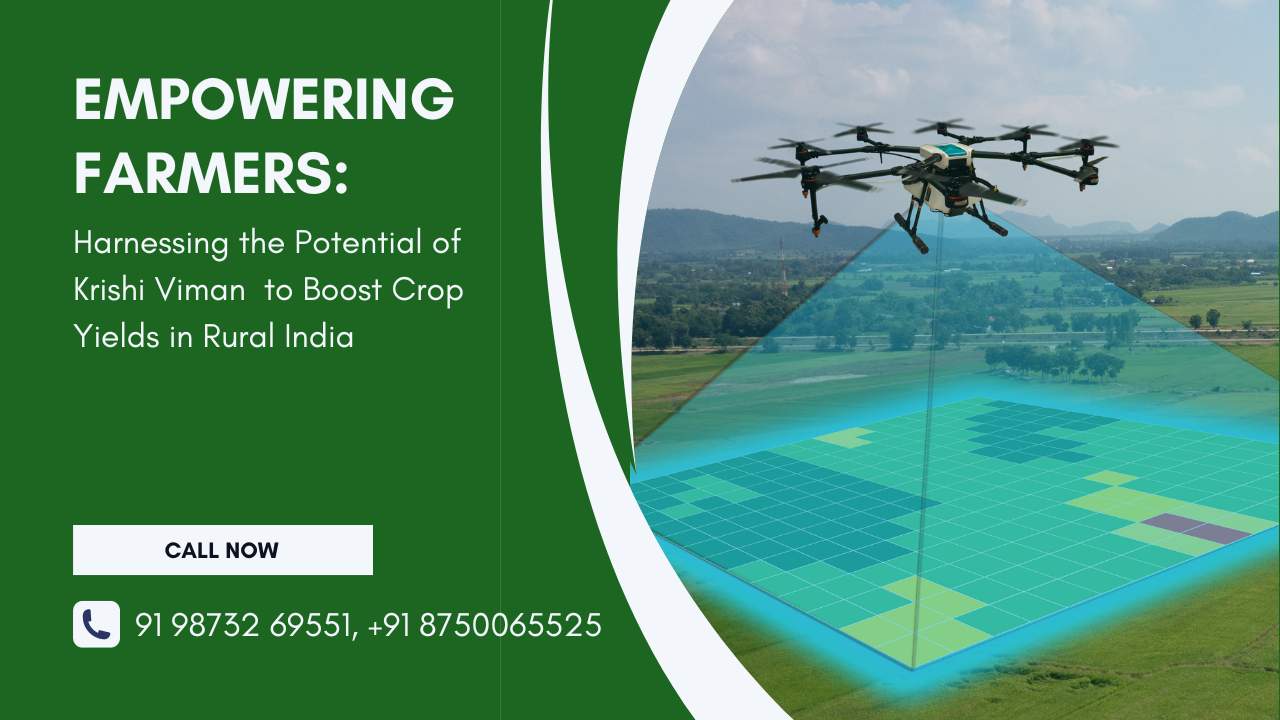
Empowering Farmers: Harnessing the Potential of Krishi Viman to Boost Crop Yields in Rural India
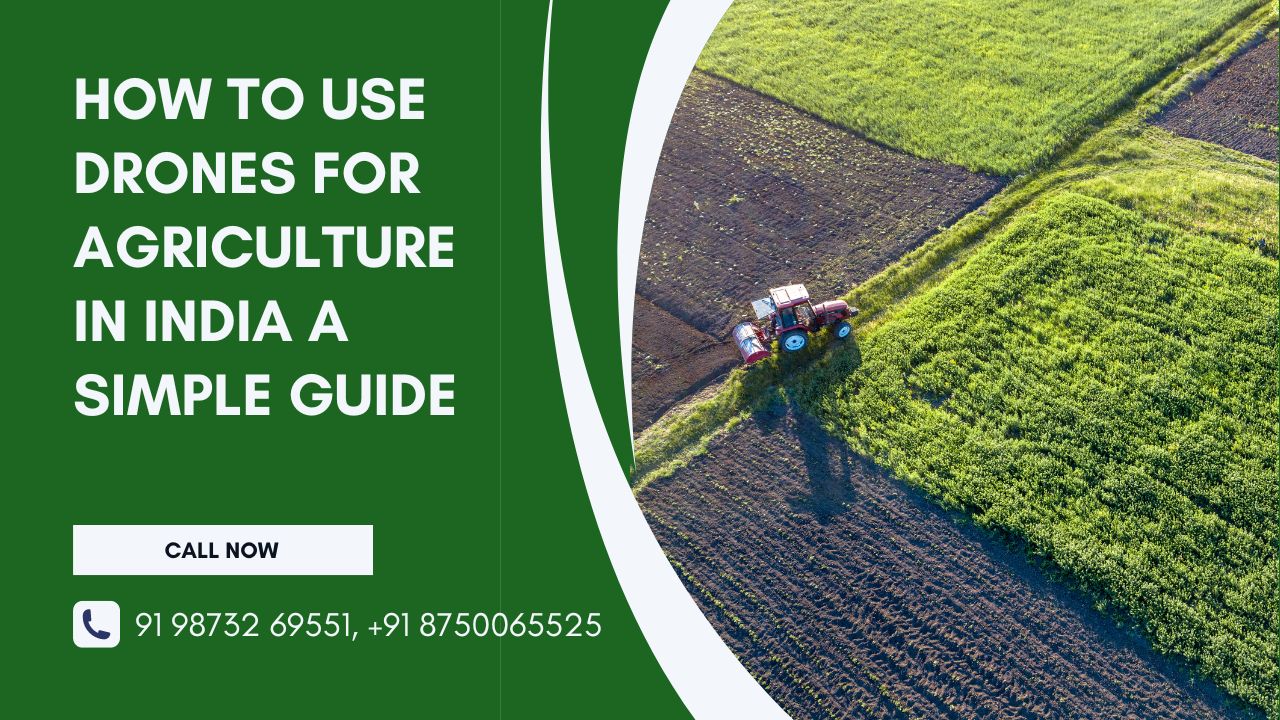
How to Use Drones for Agriculture in India: A Simple Guide
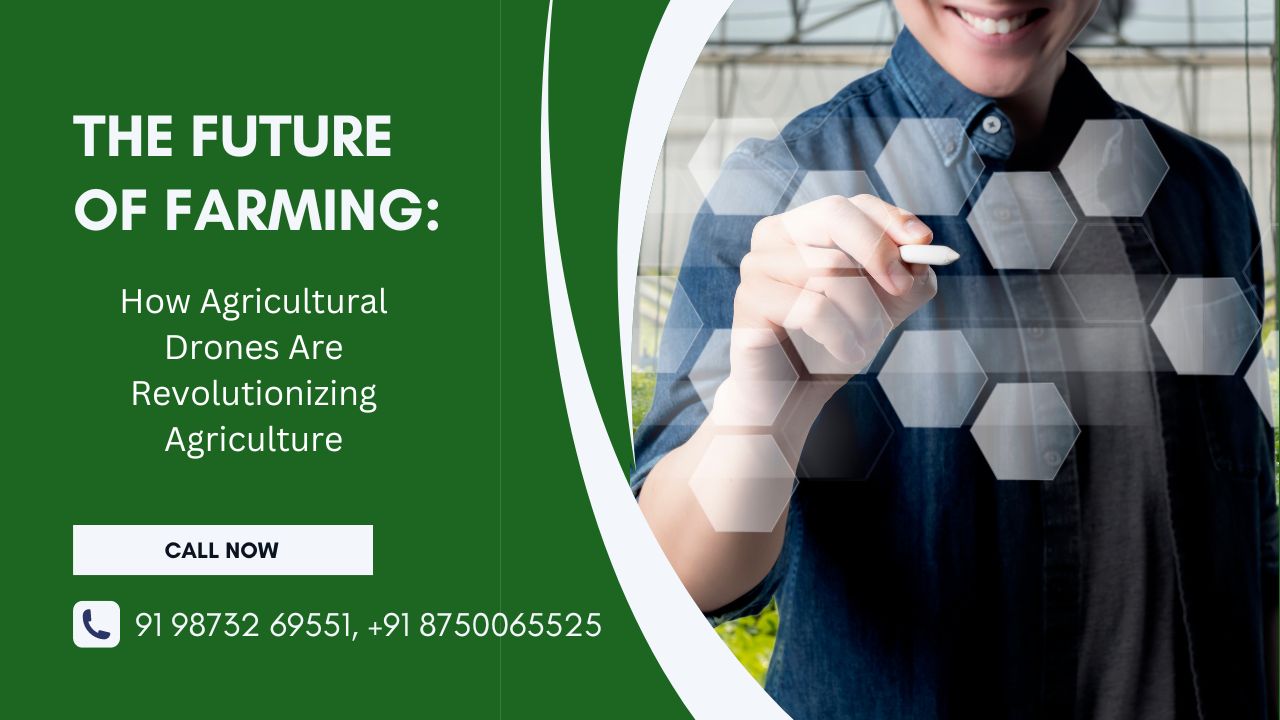
The Future of Farming: How Agricultural Drones Are Revolutionizing Agriculture
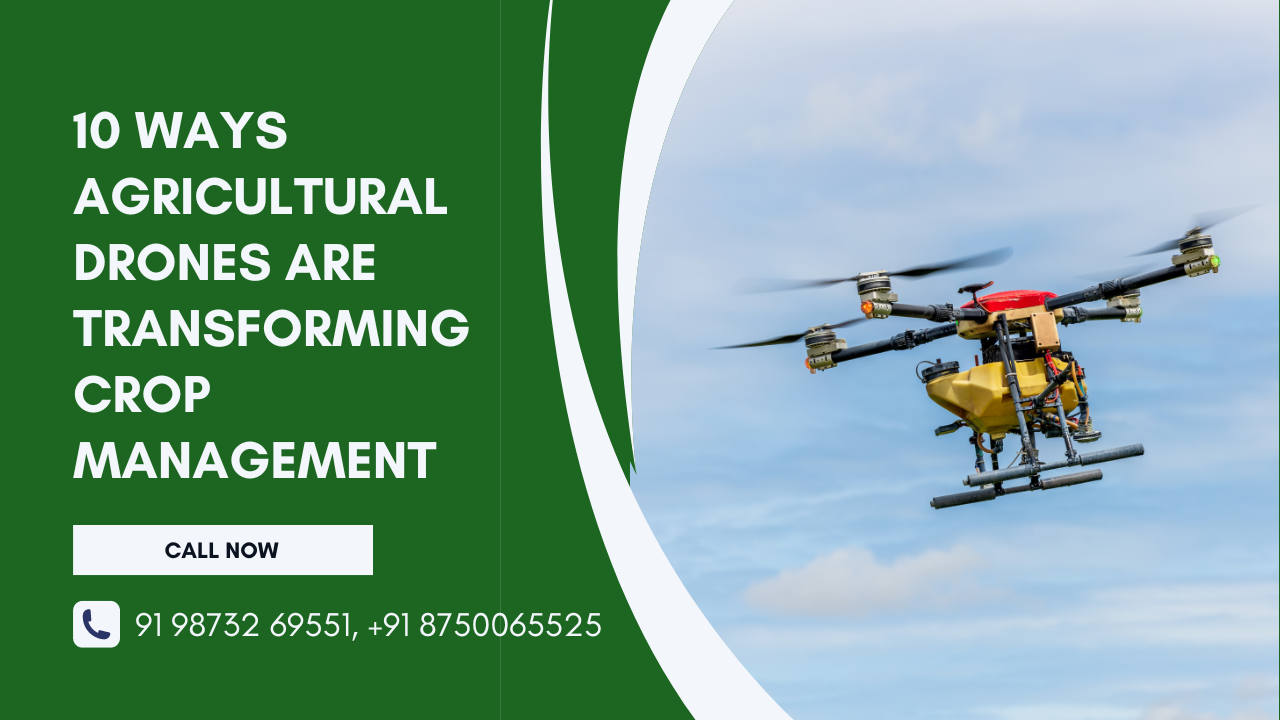
10 Ways Agricultural Drones Are Transforming Crop Management


